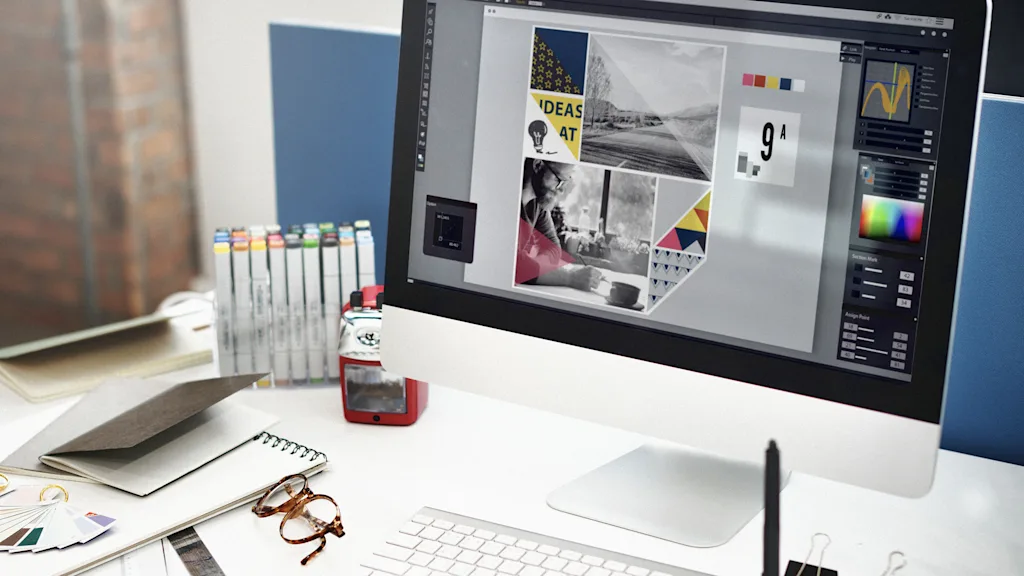
"At the core of this issue lies facilitation. A challenge, no matter how well-intentioned, becomes a biased and misleading evaluation tool when it bypasses critical elements of the design process-discovery, user empathy, context-building, and problem framing. When a candidate is asked to "solve" for a hypothetical business challenge they have no familiarity with, the assessment begins with presumption, not understanding. This turns a designer into a guesser-someone making assumptions in a vacuum, rather than an investigator uncovering real human behaviors and systemic constraints."
"Intended to evaluate how candidates think, behave, communicate, solve problems, and brainstorm ideas, these exercises-when well-facilitated-can offer valuable insight into a designer's character, their story and capabilities. However, a troubling trend has emerged: When the design challenge is poorly facilitated and poorly contextualized it defaults to placing candidates in unfamiliar business domains that overemphasize solution delivery. These flawed challenges not only misrepresent what good design entails but also risk excluding the very designers we seek to attract."
Design challenges are increasingly used to assess designers' thinking, behavior, communication, problem-solving, and ideation, but facilitation quality determines validity. Poorly facilitated or contextualized challenges place candidates into unfamiliar business domains, privileging rapid solution delivery over discovery, user empathy, context-building, and problem framing. Such challenges start with presumption instead of investigation, turning designers into guessers who make assumptions without behavioral data, stakeholder input, or exploratory space. Evaluations therefore measure performance under artificial constraints rather than practical product success, misrepresenting design skill and risking exclusion of designers who prioritize inquiry, context, and systemic understanding.
Read at Fast Company
Unable to calculate read time
Collection
[
|
...
]